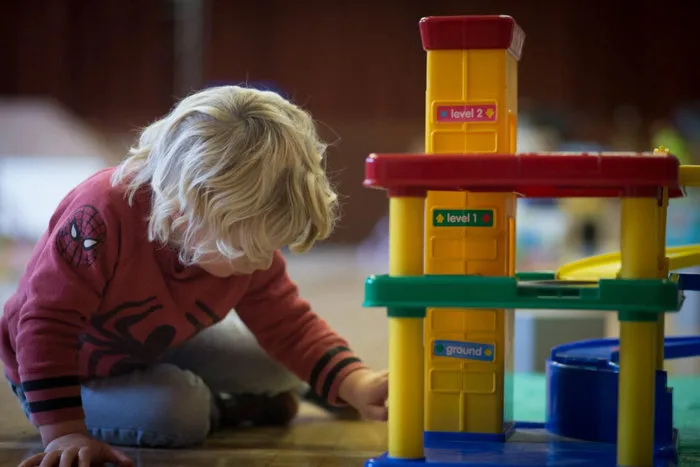By Rob Sabo
Rising costs for childcare—up 5.2 percent year over year in September—have some parents leaving the workforce or cutting back on hours to take care of their children, a new report from the Bank of America (BofA) Institute found.
The report, published on Oct. 28, said childcare costs outpaced inflation by 1.5 percent in September. As a result, the year-over-year growth in households making childcare payments slowed, down 1.6 percentage points from September 2024.
BofA analyzed card payment data from across the country and found that payment amounts rose most in America’s heartland, surging by 8.2 percent in September versus the same month in 2024. Childcare payments in New England were up 6.6 percent.
On average, the BofA report found, childcare costs rose most rapidly in a handful of large southern cities. Nashville recorded the highest year-over-year growth in childcare payments at 6 percent, followed by Columbia, South Carolina, at more than 5 percent, and Atlanta at more than 4 percent.
As costs rise, more parents—particularly in lower-income households—are staying home to provide care, BofA said.
The share of households paying for monthly childcare and having more than one source of income has dropped to about 35.5 percent year-to-date, the institute’s internal data shows.According to the Department of Labor, U.S. families spent between 9 percent and 16 percent of their median income on daycare. Full-day daycare costs for 2022 (the most recent data set available) ranged from $6,552 to $15,600 per child.
Childcare costs are often higher in major metropolitan areas. Technology platform Tootris, which matches parents with daycare providers, found that the average annual cost of infant care at licensed childcare centers across California was nearly $20,000 for one child. Monthly costs were above $3,000 in Los Angeles, San Francisco, San Jose, Oakland, and Long Beach, while San Diego and Anaheim were just shy of that number.
The State of Washington also has some of the most expensive rates for childcare, advocacy group ChildCare Aware reported. Average costs for daycare in the state accounted for 15.4 percent of median income for married couples and up to 51.4 percent of median income for single mothers, the group found.
Median costs in 2024 for childcare in King County, where Seattle is located, were nearly $30,000 annually for infants and dropped to about $22,000 for preschoolers, ChildCare Aware reported.
The Department of Health and Human Services pegs daycare as affordable if it costs 7 percent or less of a family’s annual income, including any federal childcare subsidies. However, costs for daycare for just one child often exceed monthly rental payments for many families.
The ongoing government shutdown could place families who rely on Head Start programs for childcare subsidies in difficult financial situations. Three states missed Head Start funding in October, and more than 40 states will not receive the funding if the shutdown drags on past Nov. 1, First Five Years Fund reported.
Families in New Mexico will get some relief beginning in November, when the state’s Universal Child Care program goes into effect.
The state will offer no-cost childcare by eliminating income limits, removing copays, and expanding eligibility requirements, the state’s Early Childhood Education and Care Development department said. Children must be legal U.S. residents or qualified immigrants to participate in the program, the agency noted.





